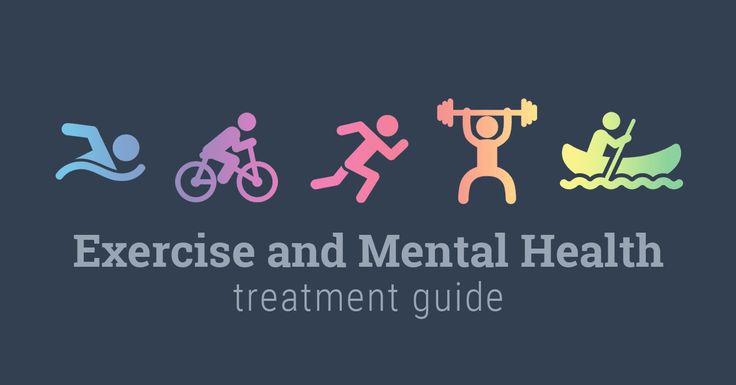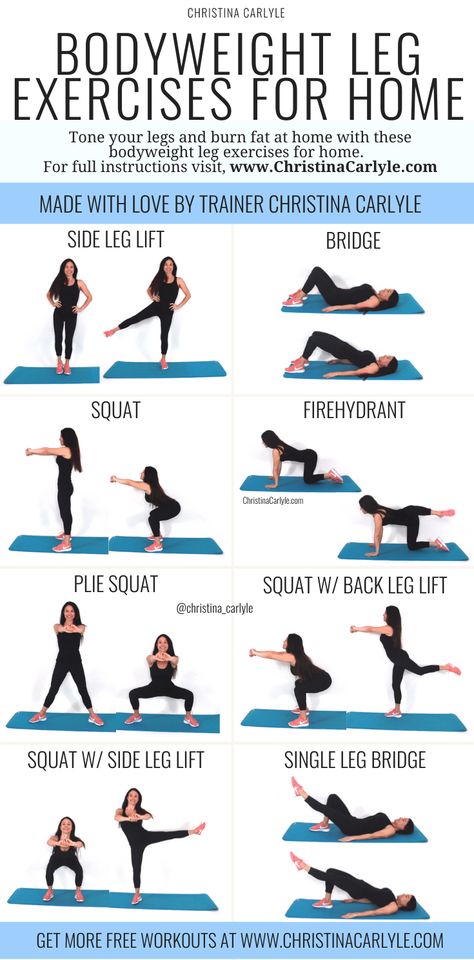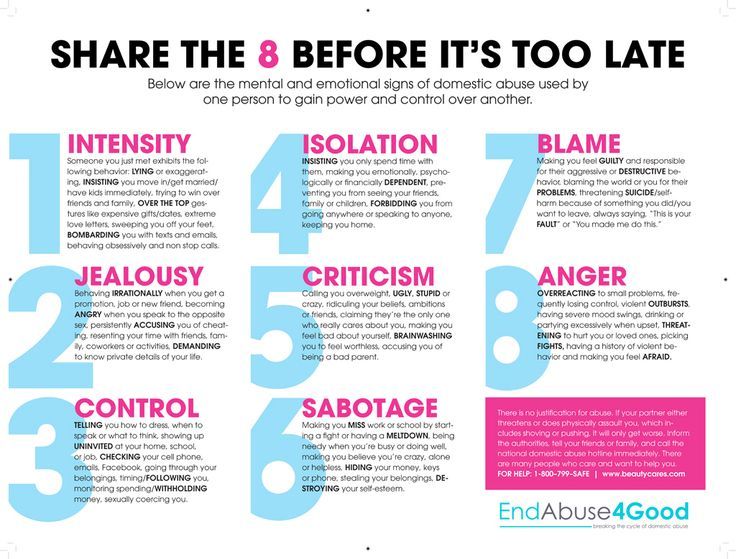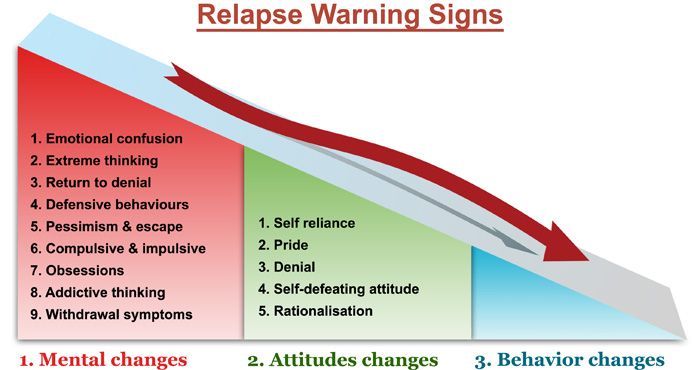Exercise therapy and mental health
Using Exercise in Mental Health Treatment (Guide)
The connection between exercise and mental well-being has become increasingly obvious as research on the subject grows. Unfortunately, most mental health counseling training programs don't cover the topic, and as few as 10% of psychotherapists talk to their clients about exercise.
Research suggests that exercise can have a significant positive impact on depression, anxiety, eating disorders, addictions, cognitive functioning, and more. Not only can exercise be used to treat these issues (sometimes as well as traditional psychotherapy or medication), but it also works as a preventative measure.
This guide will focus on how exercise can affect mental illness, while offering ideas on how to use this knowledge to your advantage as a mental health professional.
Exercise Psychoeducation
It's no secret that exercise can improve physical health, but what exactly does it do for mental health? How does exercise help to create mental well-being, and what specific problems can it help treat?
Mental Health Benefits of Exercise
worksheet
How does exercise help improve mental health?
Beneficial physiological changes of exercise include improved sleep, the release and improved metabolism of chemicals—such as serotonin and endorphins—in the brain and central nervous system, and physical changes to the brain. Exercise increases brain volume and blood flow, which improves neural functioning.
The psychological impacts of exercise include heightened self-esteem, the interruption of negative thoughts, and an increase in healthy social contact. Together, these changes (paired with improvements to physical health) can vastly improve overall quality of life.
What mental illnesses benefit from exercise?
Depression
- Regular exercise significantly reduces the symptoms of mild to moderate depression.
- Exercise can prevent the onset or recurrence of depression.
- Exercise can help counteract the weight gain caused by antidepressant medications.
Anxiety Disorders
- Regular exercise significantly reduces the symptoms of anxiety.
- Exercise can act as a healthy form of exposure to the physical symptoms of panic attacks, such as increased heart rate and sweating.
 Exposure can help clients become more familiar and comfortable with the sensations that were formerly perceived as dangerous or scary.
Exposure can help clients become more familiar and comfortable with the sensations that were formerly perceived as dangerous or scary.
Substance Abuse
- Regular exercise can reduce the frequency and intensity of drug cravings.
- Clients who begin exercising are less vulnerable to relapse.
- Some studies have found lower rates of first-time drug use in youth involved with exercise programs.
- Exercise provides a healthy replacement activity for time previously occupied by drug use.
Eating Disorders
- Exercise was found to be more effective than CBT for the treatment of bulimia in one study of young women.
- Adding an exercise component to CBT improves treatment outcomes for binge eating disorder.
Other Benefits
- Improved sleep
- Slowed progression of Alzheimer's disease
- Stress relief
- Improved mood
- Increased energy
- Slowed cognitive decline associated with aging
- Better physical health and fitness
Types of Exercise
Both anaerobic and aerobic exercises have been found to improve mental health, but a combination of the two is most effective.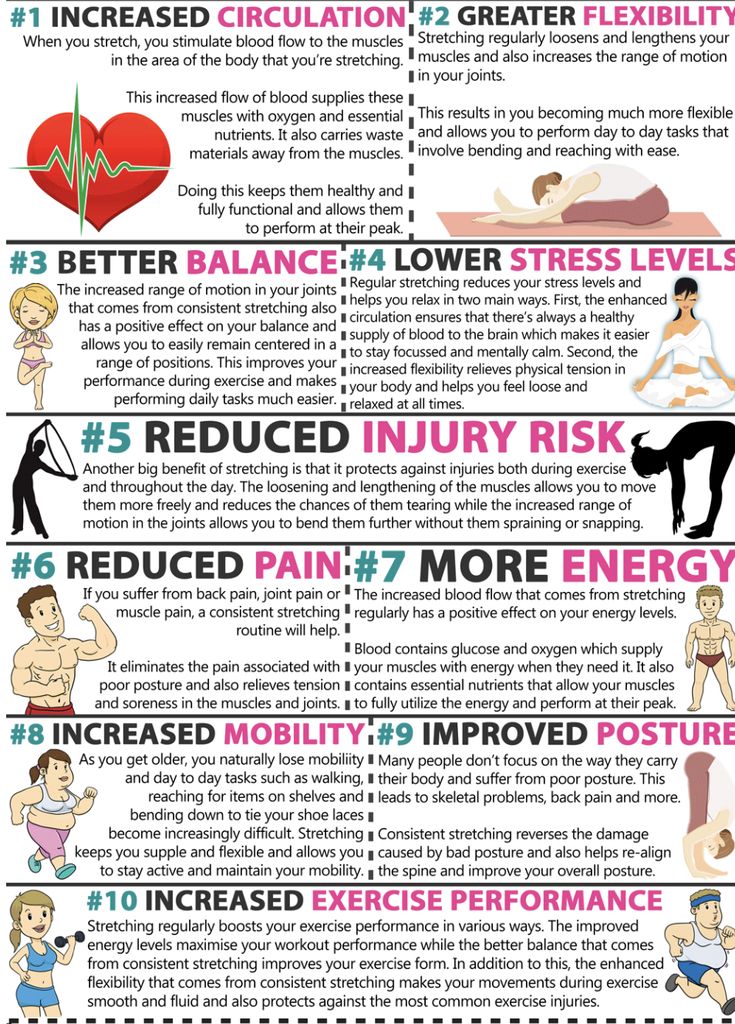 Anaerobic exercise involves short bursts of intense activities. These exercises are performed using energy stored within muscles. Aerobic exercises are lower intensity, but can be maintained for a longer duration. They rely on the energy generated from oxygen intake.
Anaerobic exercise involves short bursts of intense activities. These exercises are performed using energy stored within muscles. Aerobic exercises are lower intensity, but can be maintained for a longer duration. They rely on the energy generated from oxygen intake.
The mental health benefits of exercise are greater when workouts are more intense and more frequent. However, a person can benefit from as little as 30 minutes of walking, 3 days a week.
Using Exercise in Conjunction with Psychotherapy
Although we know exercise can be leveraged to beat mental illness, research tells us little about how to best integrate exercise with psychotherapy. However, preliminary studies indicate that even brief bouts of therapy can motivate clients to begin exercising. Below, we will look at two strategies that have support.
Exercising During Sessions
The practice of walking during therapy sessions has become increasingly popular over the past several years. The benefits are numerous, and getting out of the office can add a bit of fun to sessions.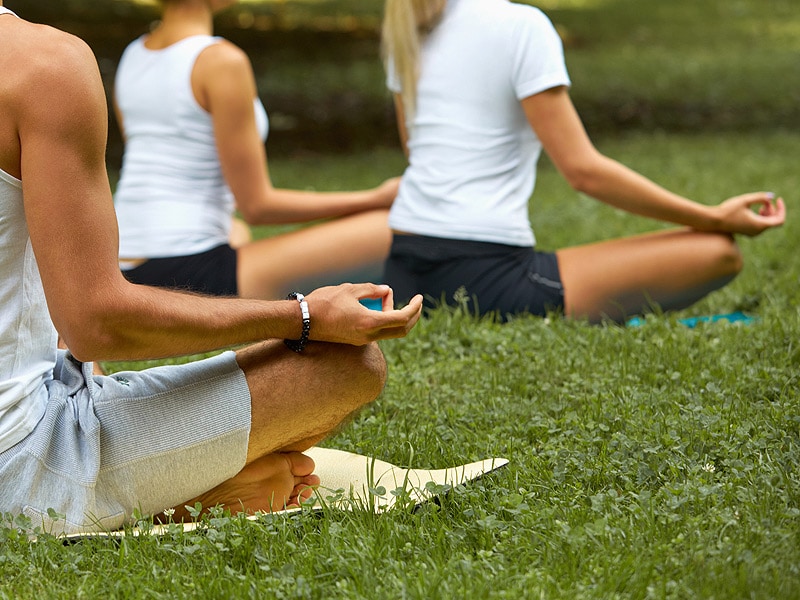
Tip: If your office is located near a natural area, the benefits of walking can be even further enhanced. Researchers have found that brain activity in areas associated with negative emotions is reduced when walking in nature, as opposed to in an urban environment.
For some clients, walking can reduce the intimacy of looking at a therapist eye-to-eye, which helps them feel more at ease and willing to share. Additionally, research suggests that walking can improve emotional awareness, creativity, and self-awareness during therapy sessions.
Maybe most importantly, walking during therapy sessions sets a good example, it can be used to teach clients about the benefits of exercise, and it knocks out a daily workout.
Here are some points to consider before integrating walking into your own practice:
Walking and Talking: Considerations
- Walking outdoors during session might pose a risk to confidentiality.
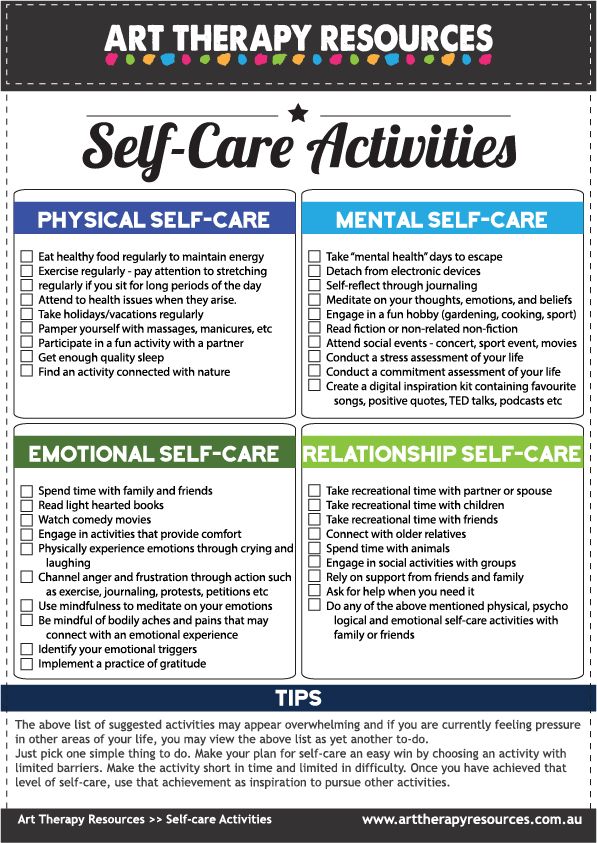 Be sure to discuss this with your client beforehand, and ask how they would like to handle encounters with other people.
Be sure to discuss this with your client beforehand, and ask how they would like to handle encounters with other people. - Respect your client's wishes. The decision to walk should be totally up to your client.
- Pay attention to how walking affects treatment. Walking can be beneficial for some, but it might be distracting for others. This includes you, the clinician. Make sure you are still able to concentrate and make progress toward the completion of treatment goals.
- Be aware of boundaries. For some, exercise might become competitive, or embarrassing if they feel outdone. Other times, conversation might veer away from treatment goals and turn toward friendly chatter. Counteract these risks by emphasizing that treatment continues to be the first priority even while out of the office, and frequently reviewing how how boundaries are affected.
Encouraging Exercise
Starting an exercise plan can be very difficult. Like anything else in psychotherapy, suggesting that a client does something, and leaving it at that, won't do much good.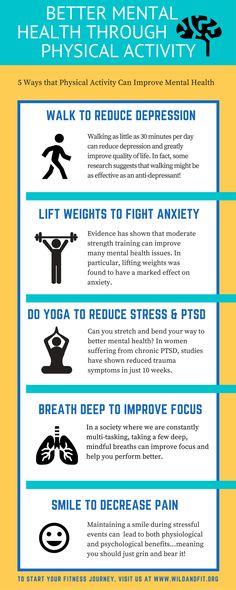 People who are new to exercise will run into a number of barriers, which you can help them overcome. Common barriers include:
People who are new to exercise will run into a number of barriers, which you can help them overcome. Common barriers include:
- Uncertain about how to exercise.
- Not enough time to exercise.
- Feel embarrassed about exercising.
- Lack the motivation to exercise.
- Forget to exercise due to lack of routine.
As psychotherapists, creating a specific workout plan is beyond our scope of expertise. In some cases, clients should be referred to a professional to assist with this process. However, overcoming barriers and offering basic education about the topic is appropriate. Let's address each of the barriers listed above.
"I don't know how to exercise."
Fortunately, even a moderate level of exercise can result in improvements to mental health. While higher intensity workouts result in better outcomes, even a 30 minute walk, 3 times a week, has been found to be beneficial.
"I don't have enough time to exercise."
Fitting exercise into a busy life can be a legitimate concern, but is mostly a problem related to priority. Can a person truly not fit exercise into their day, or are they prioritizing other things that might not really be as important? This can be a good topic to discuss with time-crunched clients.
If there really isn't time, let your client know that exercise can be squeezed into small slots of time. Two 15-minute walks are as good as one 30-minute walk. How about taking the stairs instead of the elevator, parking far away from the grocery store, or stepping outside for 10 minutes during lunch? Get creative, and help your client come up with a few ideas they can practice regularly. "I'm embarrassed about exercising."
This barrier will require exploration about what aspect of exercise is embarrassing. Many people are intimidated by gyms, and creating a plan that's entirely outside, or integrated into daily activities, might be enough to overcome embarrassment.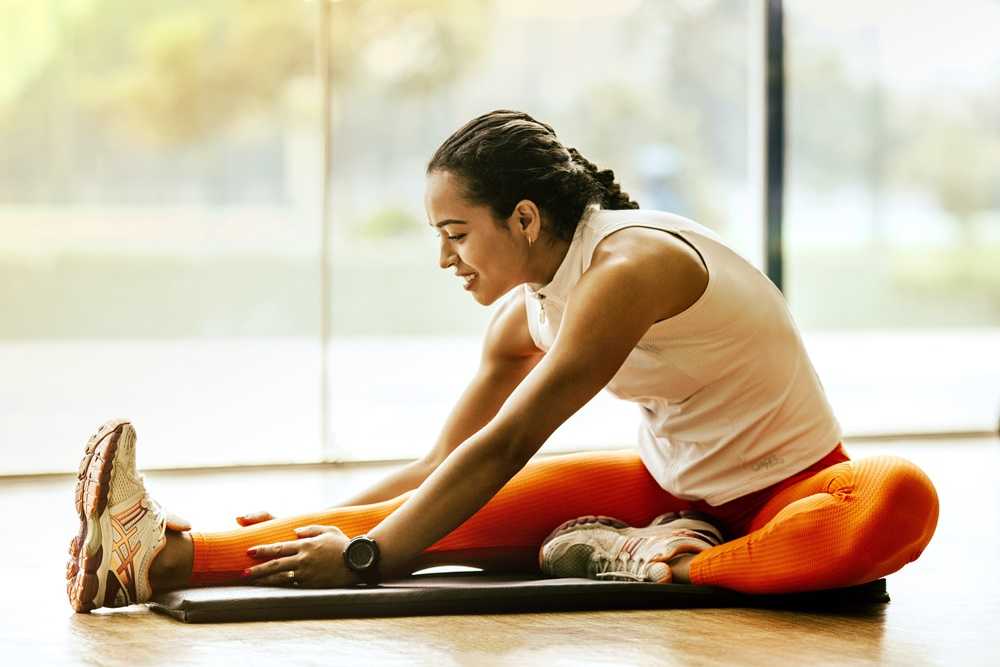
"I'm not motivated to exercise."
Motivation can be a real problem, especially when working with depressed clients. In these situations, it can be valuable to explore what exercise options your client would genuinely enjoy. The best exercises are ones that someone will be happy to do. Is your client a photographer? How about they head out to a nature trail, walk, and take a few photos? Other options are sports, biking, or walking with a friend.
"I always forget to exercise."
It's easy to forget exercise before a routine has been established. Help your client create a schedule along with exercise reminders. This can be achieved by tying exercise to a specific part of the day ("Walk for 30 minutes immediately after dinner"), setting an alarm, or posting sticky-note reminders on a bathroom mirror or fridge.
Mental Health Benefits of Exercise
worksheet
The Mental Health Benefits of Exercise worksheet includes a page to help your clients plan a basic exercise routine.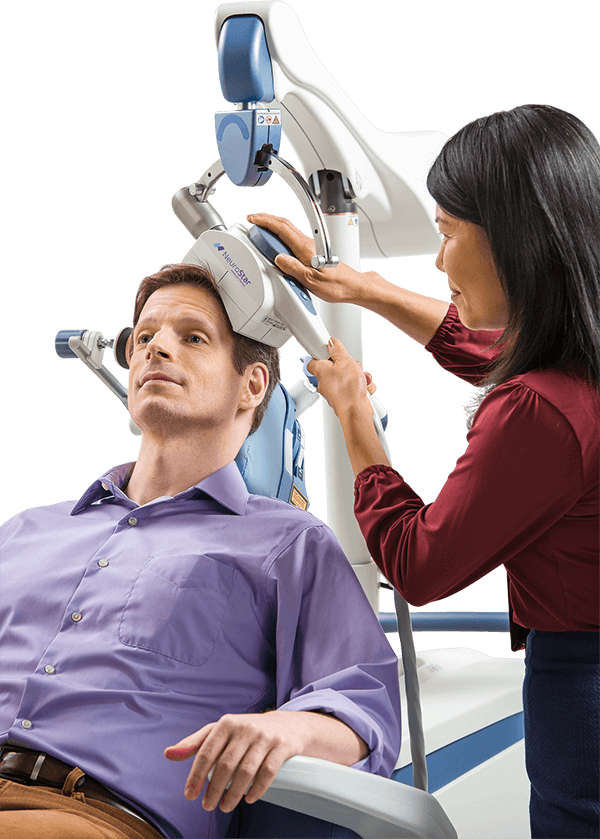 This tool can be used as a take-home reminder to increase follow-through.
This tool can be used as a take-home reminder to increase follow-through.
Hopefully this guide has helped to clear up what we know about the link between mental health and exercise, while providing a few ideas you can implement into your practice. Good luck out there!
1. Barbour, K. A., Edenfield, T. M., & Blumenthal, J. A. (2007). Exercise as a treatment for depression and other psychiatric disorders: a review. Journal of Cardiopulmonary Rehabilitation and Prevention, 27(6), 359-367.
2. Bratman, G. N., Hamilton, J. P., Hahn, K. S., Daily, G. C., & Gross, J. J. (2015). Nature experience reduces rumination and subgenual prefrontal cortex activation. Proceedings of the National Academy of Sciences, 112(28), 8567-8572.
3. Buchowski, M. S., Meade, N. N., Charboneau, E., Park, S., Dietrich, M. S., Cowan, R. L., & Martin, P. R. (2011). Aerobic exercise training reduces cannabis craving and use in non-treatment seeking cannabis-dependent adults. PLoS One, 6(3), e17465.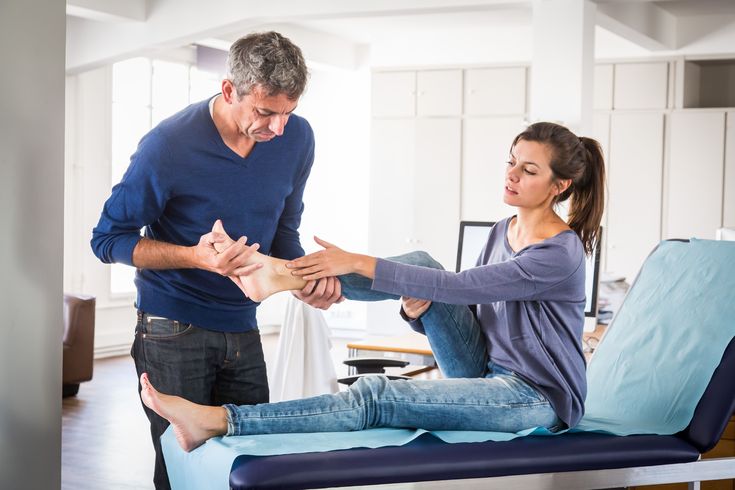
4. Collingwood, T. R., Sunderlin, J., Reynolds, R., & Kohl, H. W. (2000). Physical training as a substance abuse prevention intervention for youth. Journal of drug education, 30(4), 435-451.
5. DeAngelis, T. (2013). A natural fit. Retrieved December 18, 2019, from https://www.apa.org/monitor/2013/09/natural-fit.
6. Herring, M. P., O'Connor, P. J., & Dishman, R. K. (2010). The effect of exercise training on anxiety symptoms among patients: a systematic review.Archives of internal medicine, 170(4), 321-331.
7. Stathopoulou, G., Powers, M. B., Berry, A. C., Smits, J. A., & Otto, M. W. (2006). Exercise interventions for mental health: a quantitative and qualitative review. Clinical Psychology: Science and Practice, 13(2), 179-193.
8. Taylor, A. H., Ussher, M. H., & Faulkner, G. (2007). The acute effects of exercise on cigarette cravings, withdrawal symptoms, affect and smoking behaviour: a systematic review. Addiction, 102(4), 534-543.
9.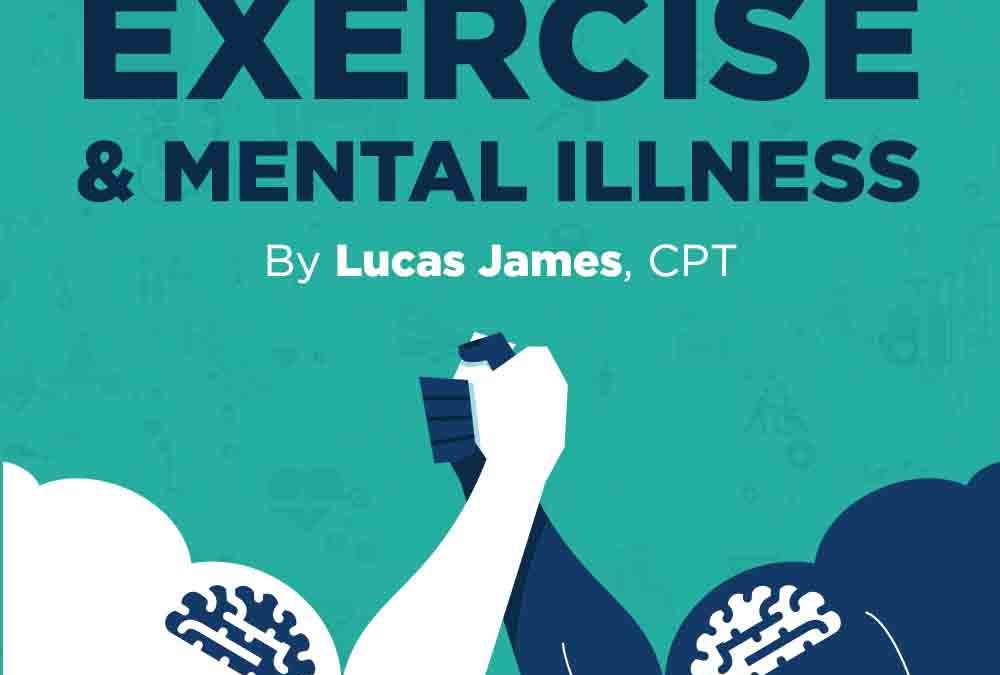 Walsh, R. (2011). Lifestyle and mental health. American Psychologist, 66(7), 579.
Walsh, R. (2011). Lifestyle and mental health. American Psychologist, 66(7), 579.
The Role of Exercise in Management of Mental Health Disorders: An Integrative Review
Review
. 2021 Jan 27;72:45-62.
doi: 10.1146/annurev-med-060619-022943. Epub 2020 Nov 30.
Patrick J Smith 1 2 3 , Rhonda M Merwin 1
Affiliations
Affiliations
- 1 Department of Psychiatry and Behavioral Sciences.
- 2 Department of Medicine, and.
- 3 Department of Population Health Sciences, Duke University Medical Center, Durham, North Carolina 27708, USA; email: patrick.
 [email protected].
[email protected].
- PMID: 33256493
- PMCID: PMC8020774
- DOI: 10.1146/annurev-med-060619-022943
Free PMC article
Review
Patrick J Smith et al. Annu Rev Med. .
Free PMC article
. 2021 Jan 27;72:45-62.
doi: 10.1146/annurev-med-060619-022943. Epub 2020 Nov 30.
Authors
Patrick J Smith 1 2 3 , Rhonda M Merwin 1
Affiliations
- 1 Department of Psychiatry and Behavioral Sciences.
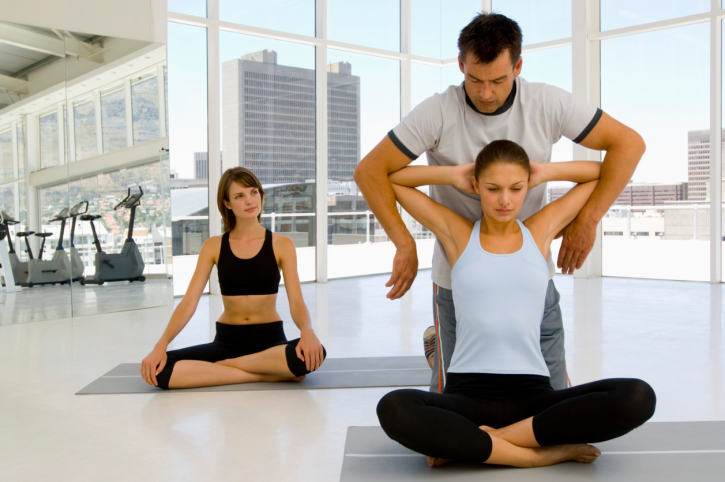
- 2 Department of Medicine, and.
- 3 Department of Population Health Sciences, Duke University Medical Center, Durham, North Carolina 27708, USA; email: [email protected].
- PMID: 33256493
- PMCID: PMC8020774
- DOI: 10.1146/annurev-med-060619-022943
Abstract
A large and growing body of evidence suggests that physical activity (PA) may hold therapeutic promise in the management of mental health disorders. Most evidence linking PA to mental health outcomes has focused on the effects of aerobic exercise training on depression, although a growing body of work supports the efficacy of both aerobic and resistance exercise paradigms in the treatment of anxiety and post-traumatic stress disorder.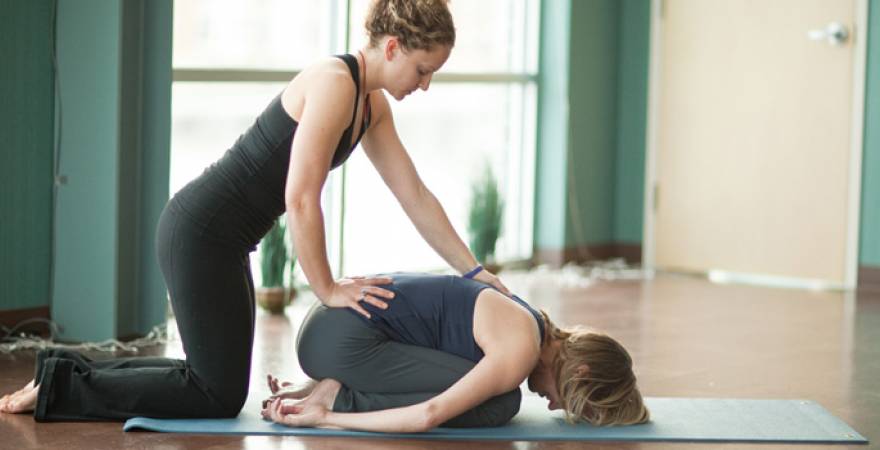 Despite abundant evidence linking PA and mental health, use of exercise training as a mental health treatment remains limited due to three important sources of uncertainty: (a) large individual differences in response to exercise treatment within multiple mental health domains; (b) the critical importance of sustained PA engagement, not always achieved, for therapeutic benefit; and (c) disagreement regarding the relative importance of putative therapeutic mechanisms. Our review of treatment data on exercise interventions and mental health outcomes focuses primarily on depression and anxiety within a health neuroscience framework. Within this conceptual framework, neurobiological and behavioral mechanisms may have additiveor synergistic influences on key cognitive and behavioral processes that influence mental health outcomes. We therefore highlight sources of treatment heterogeneity by integrating the critical influences of (a) neurobiological mechanisms enhancing neuroplasticity and (b) behavioral learning of self-regulatory skills.
Despite abundant evidence linking PA and mental health, use of exercise training as a mental health treatment remains limited due to three important sources of uncertainty: (a) large individual differences in response to exercise treatment within multiple mental health domains; (b) the critical importance of sustained PA engagement, not always achieved, for therapeutic benefit; and (c) disagreement regarding the relative importance of putative therapeutic mechanisms. Our review of treatment data on exercise interventions and mental health outcomes focuses primarily on depression and anxiety within a health neuroscience framework. Within this conceptual framework, neurobiological and behavioral mechanisms may have additiveor synergistic influences on key cognitive and behavioral processes that influence mental health outcomes. We therefore highlight sources of treatment heterogeneity by integrating the critical influences of (a) neurobiological mechanisms enhancing neuroplasticity and (b) behavioral learning of self-regulatory skills.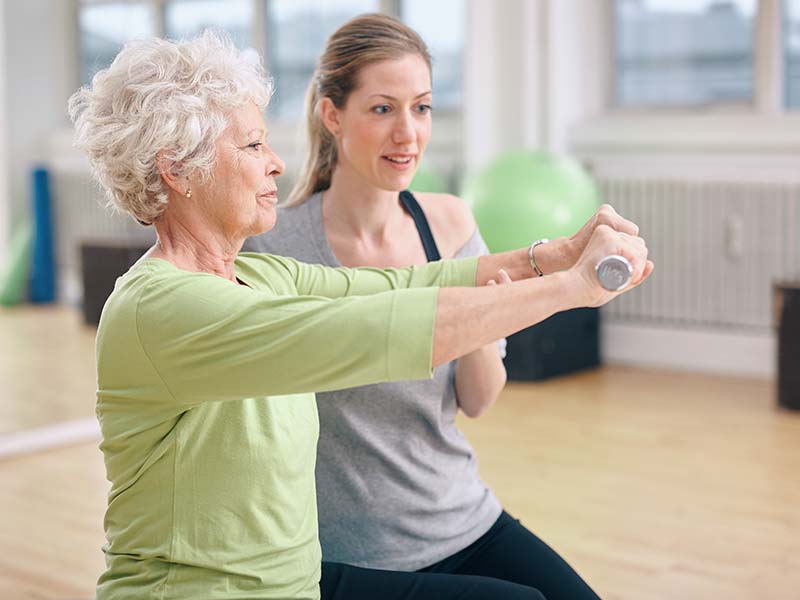 Understanding the interrelationships between dynamic neurobiological and behavioral mechanisms may help inform personalized mental health treatments and clarify why, and for whom, exercise improves mental health outcomes. The review concludes with recommendations for future studies leveraging individual differences to refine treatment approaches to optimize mental health benefits.
Understanding the interrelationships between dynamic neurobiological and behavioral mechanisms may help inform personalized mental health treatments and clarify why, and for whom, exercise improves mental health outcomes. The review concludes with recommendations for future studies leveraging individual differences to refine treatment approaches to optimize mental health benefits.
Keywords: affect regulation; behavioral activation; cognitive control; executive function; exercise; physical activity; self-regulation.
Figures
Figure 1
Conceptual model integrating neurobiological and…
Figure 1
Conceptual model integrating neurobiological and behavioral mechanisms by which exercise training improves mental…
Figure 1Conceptual model integrating neurobiological and behavioral mechanisms by which exercise training improves mental health outcomes.
Figure 2
Conceptual model of neurobiological mechanisms…
Figure 2
Conceptual model of neurobiological mechanisms by which exercise training improves mental health outcomes.…
Figure 2Conceptual model of neurobiological mechanisms by which exercise training improves mental health outcomes. Abbreviations: BDNF, brain-derived neurotrophic factor; IGF-1, insulin-like growth factor 1; VEGF, vascular endothelial growth factor.
Figure 3
Conceptual model of behavioral mechanisms…
Figure 3
Conceptual model of behavioral mechanisms by which exercise training improves mental health outcomes.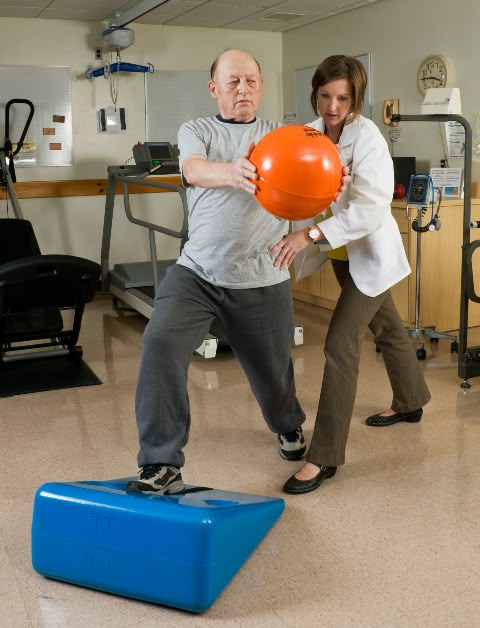
Conceptual model of behavioral mechanisms by which exercise training improves mental health outcomes.
See this image and copyright information in PMC
Similar articles
-
Suicidal Ideation.
Harmer B, Lee S, Duong TVH, Saadabadi A. Harmer B, et al. 2022 May 18. In: StatPearls [Internet]. Treasure Island (FL): StatPearls Publishing; 2022 Jan–. 2022 May 18. In: StatPearls [Internet]. Treasure Island (FL): StatPearls Publishing; 2022 Jan–. PMID: 33351435 Free Books & Documents.
-
Right care, first time: a highly personalised and measurement-based care model to manage youth mental health.
Hickie IB, Scott EM, Cross SP, Iorfino F, Davenport TA, Guastella AJ, Naismith SL, Carpenter JS, Rohleder C, Crouse JJ, Hermens DF, Koethe D, Markus Leweke F, Tickell AM, Sawrikar V, Scott J.
 Hickie IB, et al. Med J Aust. 2019 Nov;211 Suppl 9:S3-S46. doi: 10.5694/mja2.50383. Med J Aust. 2019. PMID: 31679171
Hickie IB, et al. Med J Aust. 2019 Nov;211 Suppl 9:S3-S46. doi: 10.5694/mja2.50383. Med J Aust. 2019. PMID: 31679171 -
Moving to Beat Anxiety: Epidemiology and Therapeutic Issues with Physical Activity for Anxiety.
Kandola A, Vancampfort D, Herring M, Rebar A, Hallgren M, Firth J, Stubbs B. Kandola A, et al. Curr Psychiatry Rep. 2018 Jul 24;20(8):63. doi: 10.1007/s11920-018-0923-x. Curr Psychiatry Rep. 2018. PMID: 30043270 Free PMC article. Review.
-
Behavioural modification interventions for medically unexplained symptoms in primary care: systematic reviews and economic evaluation.
Leaviss J, Davis S, Ren S, Hamilton J, Scope A, Booth A, Sutton A, Parry G, Buszewicz M, Moss-Morris R, White P. Leaviss J, et al.
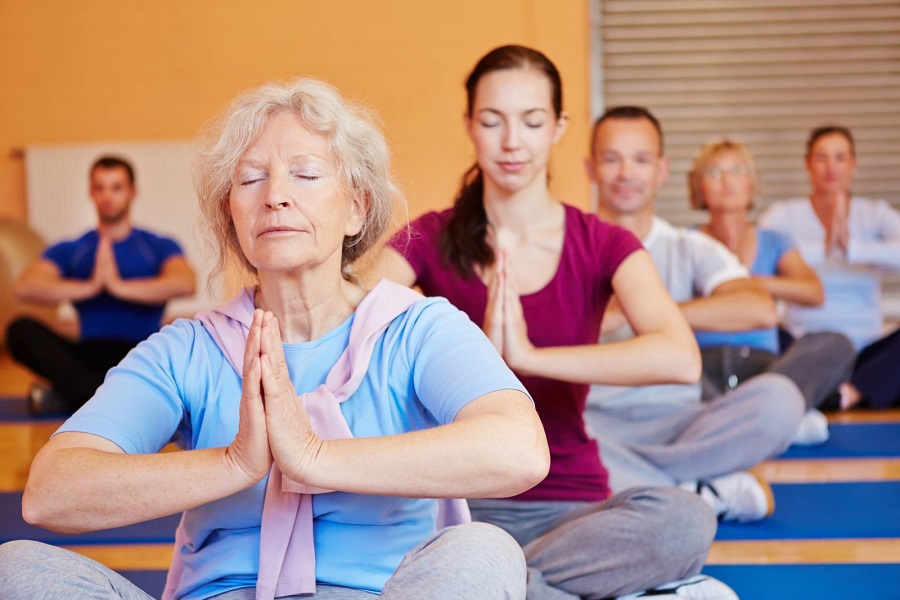 Health Technol Assess. 2020 Sep;24(46):1-490. doi: 10.3310/hta24460. Health Technol Assess. 2020. PMID: 32975190 Free PMC article.
Health Technol Assess. 2020 Sep;24(46):1-490. doi: 10.3310/hta24460. Health Technol Assess. 2020. PMID: 32975190 Free PMC article. -
The evidence for physical activity in the management of major mental illnesses: a concise overview to inform busy clinicians' practice and guide policy.
Ashdown-Franks G, Sabiston CM, Stubbs B. Ashdown-Franks G, et al. Curr Opin Psychiatry. 2019 Sep;32(5):375-380. doi: 10.1097/YCO.0000000000000526. Curr Opin Psychiatry. 2019. PMID: 31145143 Review.
See all similar articles
Cited by
-
Comparative Effectiveness of Multiple Exercise Interventions in the Treatment of Mental Health Disorders: A Systematic Review and Network Meta-Analysis.
Yu Q, Wong KK, Lei OK, Nie J, Shi Q, Zou L, Kong Z.
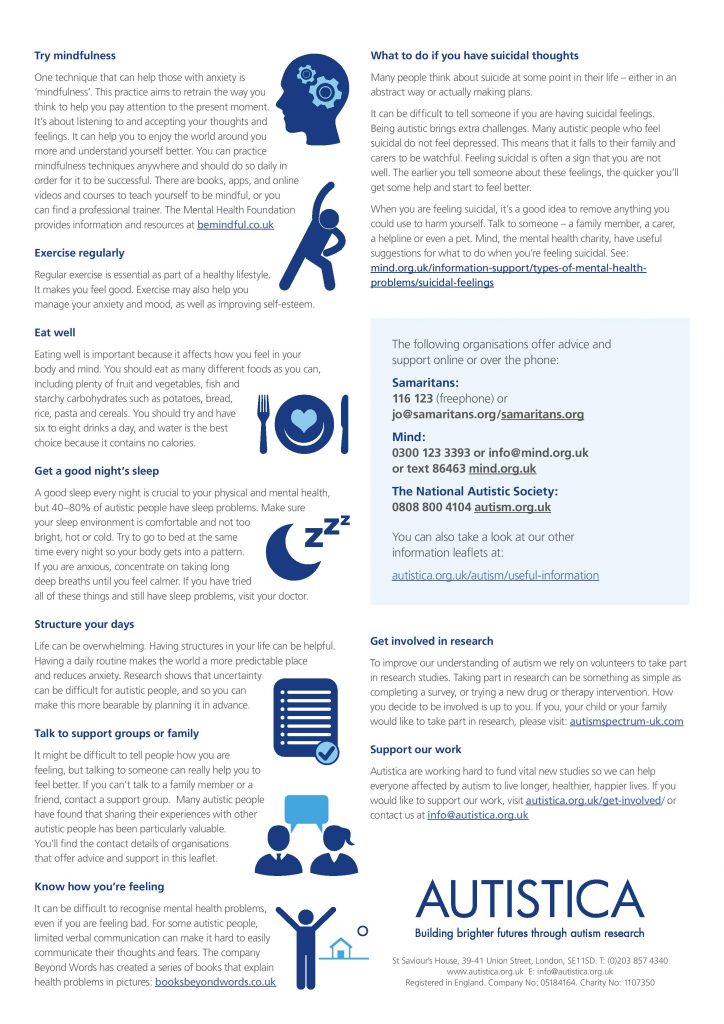 Yu Q, et al. Sports Med Open. 2022 Oct 29;8(1):135. doi: 10.1186/s40798-022-00529-5. Sports Med Open. 2022. PMID: 36308622 Free PMC article.
Yu Q, et al. Sports Med Open. 2022 Oct 29;8(1):135. doi: 10.1186/s40798-022-00529-5. Sports Med Open. 2022. PMID: 36308622 Free PMC article. -
Dopamine, Psychosis, and Symptom Fluctuation: A Narrative Review.
Novak G, Seeman MV. Novak G, et al. Healthcare (Basel). 2022 Sep 7;10(9):1713. doi: 10.3390/healthcare10091713. Healthcare (Basel). 2022. PMID: 36141325 Free PMC article. Review.
-
Long-term Effects of a Social Media-Based Intervention (Run4Love) on Depressive Symptoms of People Living With HIV: 3-Year Follow-up of a Randomized Controlled Trial.
Guo Y, Li Y, Yu C, Xu H, Hong YA, Wang X, Zhang N, Zeng Y, Monroe-Wise A, Li L, Liu C, Cai W, Lin A. Guo Y, et al. J Med Internet Res. 2022 Jun 28;24(6):e36809.
 doi: 10.2196/36809. J Med Internet Res. 2022. PMID: 35763324 Free PMC article. Clinical Trial.
doi: 10.2196/36809. J Med Internet Res. 2022. PMID: 35763324 Free PMC article. Clinical Trial. -
Affective Responses to Both Climbing and Nordic Walking Exercise Are Associated With Intermediate-Term Increases in Physical Activity in Patients With Anxiety and Posttraumatic Stress Disorder - A Randomized Longitudinal Controlled Clinical Pilot Trial.
Bichler CS, Niedermeier M, Hüfner K, Gálffy M, Sperner-Unterweger B, Kopp M. Bichler CS, et al. Front Psychiatry. 2022 Jun 9;13:856730. doi: 10.3389/fpsyt.2022.856730. eCollection 2022. Front Psychiatry. 2022. PMID: 35757205 Free PMC article.
-
Exercise to Reduce Posttraumatic Stress Disorder Symptoms in Veterans.
Reis DJ, Gaddy MA, Chen GJ. Reis DJ, et al.
 Fed Pract. 2022 Apr;39(4):158-166. doi: 10.12788/fp.0248. Epub 2022 Apr 12. Fed Pract. 2022. PMID: 35756827 Free PMC article. Review.
Fed Pract. 2022 Apr;39(4):158-166. doi: 10.12788/fp.0248. Epub 2022 Apr 12. Fed Pract. 2022. PMID: 35756827 Free PMC article. Review.
See all "Cited by" articles
Publication types
MeSH terms
Grant support
- R01 HL130237/HL/NHLBI NIH HHS/United States
Therapeutic exercise: indications, contraindications and effectiveness
The founder of therapeutic gymnastics, known from the works of Plato, was Herodicus (V century BC Greece). His students and successors were Hippocrates 4th century BC e, Galen I-II century AD. In the works of scientists, physical exercises are considered one of the most important means in medicine. Movement and life contribute to personal growth. Russia also had their followers of methods of rehabilitation treatment with the help of exercise therapy.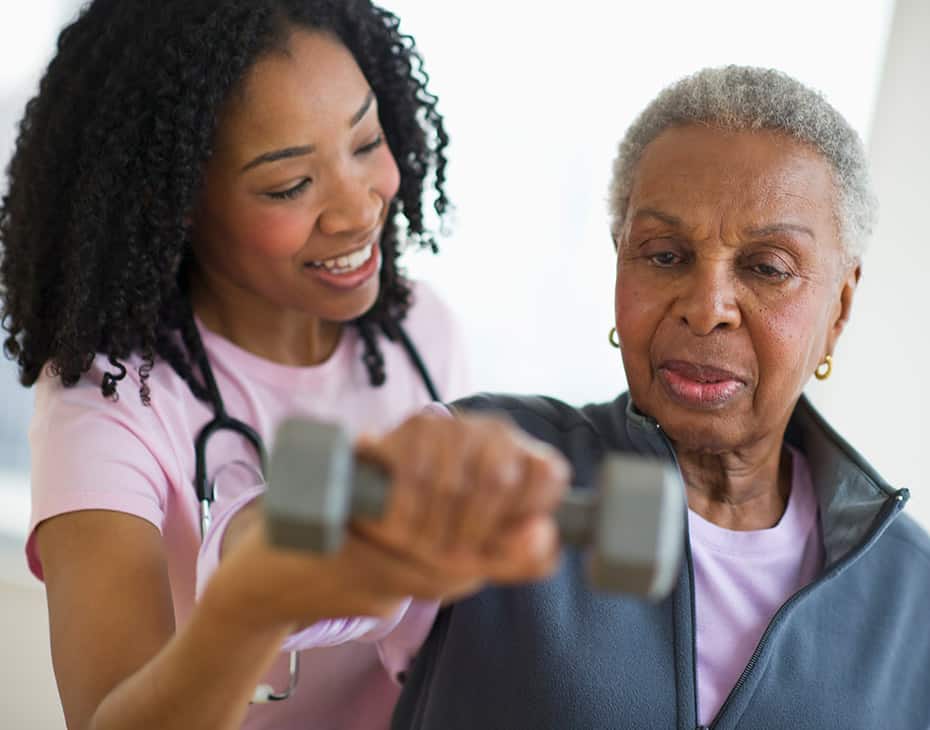
The works of our doctors became most widely known after the discovery Faculty of Medicine at Moscow University, established in 1775 year M. V. Lomonosov.
We are talking with the physiotherapy doctor of the medical center "Prima Medica", Irkina Larisa Valentinovna, about the benefits and benefits of physiotherapy exercises.
— When does it apply? Main indications.
All physical exercises are selected individually, taking into account the disease and the general condition of the patient. Physiotherapy exercises are used in many medical areas:
- traumatology and orthopedics;
- obstetrics and gynecology;
- endocrinology;
- gastroenterology;
- pediatrics and general medicine;
- neurology;
- cardiology;
- pulmonology;
- surgery.
Effects of exercise therapy on the body - tonic, compensatory, trophic, normalizing functions. Exercise has an effect on metabolic processes, emotional state, well-coordinated work of the nervous systems, improve the nutrition of muscles and ligaments, strengthen contractile properties of the heart muscle.
Exercise has an effect on metabolic processes, emotional state, well-coordinated work of the nervous systems, improve the nutrition of muscles and ligaments, strengthen contractile properties of the heart muscle.
Indications for exercise therapy:
- recovery from injuries;
- chronic pain syndromes;
- degenerative diseases of the spine and joints;
- chronic respiratory diseases;
- violations of posture in children and adults;
- various forms of flat feet;
- overweight;
- long break before sports;
- the desire to improve physical fitness and body shape.
— Are there any contraindications to exercise therapy?
There are a number of contraindications to classes:
- severe general condition of the patient;
- intense severe pain;
- high risk of bleeding;
- high body temperature;
- high blood pressure;
- oncological neoplasms (before their radical treatment).
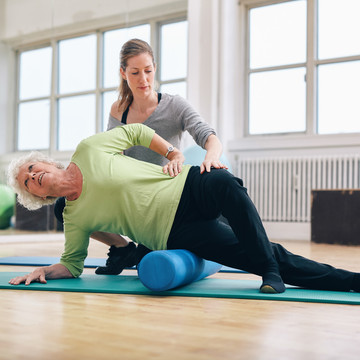
— What are the methods of exercise therapy?
The choice is made depending on the goals of rehabilitation. Distinguish between general and special types:
- general methods - improvement of the whole organism as a whole;
- special - selected depending on specific purposes, for example, special breathing exercises for respiratory diseases, such as bronchial asthma, bronchitis; development of joints after injuries, etc.
For effective exercise therapy, an individual approach, regularity and variety of exercises, consistency, duration of classes, increasing physical activity, cyclicity, and taking into account age characteristics are important.
— What is the difference between fitness and exercise therapy?
Fitness is a group exercise that is done by everyone at the same time regardless of individual characteristics. Exercise therapy - for a specific patient its complex is selected, and not a complex for a general lesson. For It is the personal approach that is important for a positive result of treatment. BUT fitness refers not to treatment, but to methods of recovery.
For It is the personal approach that is important for a positive result of treatment. BUT fitness refers not to treatment, but to methods of recovery.
— Can physiotherapy exercises harm?
The negative effect of exercise therapy is possible if individual features. If classes are performed without a full medical control, it can also be harmful to health.
— What results can be achieved with exercise therapy?
If the basic rules of physical therapy are observed, the following occurs:
- restoration of lost functions;
- increased strength and endurance;
- functional adaptation of the patient;
- the formation of an improved active psyche;
- activation of the vital activity of vital organs and systems. O.А. Sbitneva, Senior Lecturer
Perm State Agrarian and Technological University. Academician D.N. Pryanishnikov (Russia, Perm)
DOI: 10.24411/2500-1000-2020-10224
Abstract.
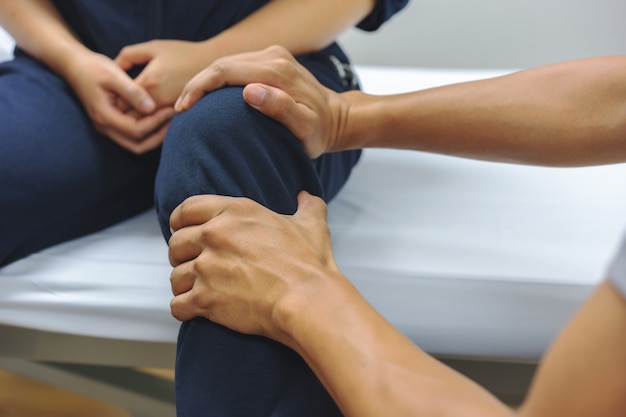 The article discusses therapeutic physical culture that contributes to the maintenance of health, a healthy lifestyle. Therapeutic physical culture as a way of prevention, rehabilitation, treatment. The significance, need, necessity of maintaining and strengthening health for a full life is revealed. The effectiveness of physical culture and sports for comprehensive and harmonious development is considered. Complexes of therapeutic physical culture for osteochondrosis, myopia are presented. Changes in the body under the influence of physical activity are analyzed. This article presents the results of a study carried out by questioning students from different higher educational institutions. The received information on this topic is analyzed taking into account the goals and objectives set. Results are obtained, conclusions are drawn, recommendations are given.
The article discusses therapeutic physical culture that contributes to the maintenance of health, a healthy lifestyle. Therapeutic physical culture as a way of prevention, rehabilitation, treatment. The significance, need, necessity of maintaining and strengthening health for a full life is revealed. The effectiveness of physical culture and sports for comprehensive and harmonious development is considered. Complexes of therapeutic physical culture for osteochondrosis, myopia are presented. Changes in the body under the influence of physical activity are analyzed. This article presents the results of a study carried out by questioning students from different higher educational institutions. The received information on this topic is analyzed taking into account the goals and objectives set. Results are obtained, conclusions are drawn, recommendations are given. Key words: health, therapeutic physical culture, physical culture, motor activity, healthy lifestyle, exercises, students.

Health is a state of complete physical, mental and social well-being of each individual and society as a whole. Preservation and strengthening of health potential is a need for a healthy lifestyle, a need for self-realization, self-improvement. The level of health, the state of health is determined not only by the absence of diseases, physical defects, heredity, ecology, the health care system, the prevention of bad habits, physical activity, but also lifestyle occupies a special place. However, not everyone can afford to regularly follow the rules of a healthy lifestyle, and when it is violated, various chronic diseases arise, which are designed to cope with therapeutic physical culture [1]. The existence of a healthy lifestyle system is under threat. The life of students is characterized by disorder and chaotic organization. This is manifested in untimely food intake, regular lack of sleep, insufficient exposure to fresh air, low physical activity, lack of hardening, performance of educational work at
sleep time, smoking, etc.
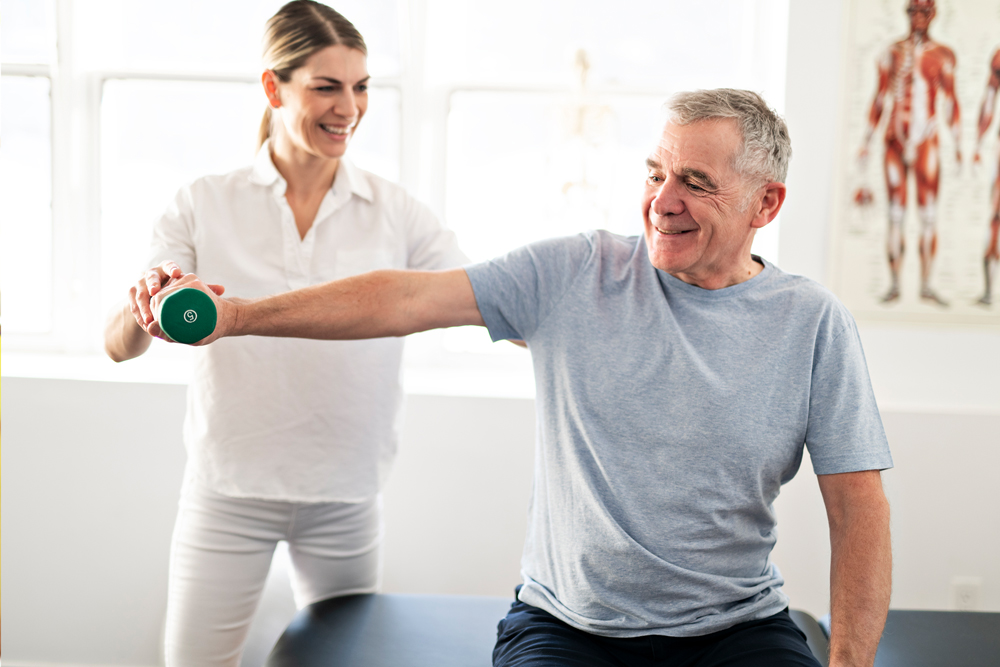 At the same time, it is known that the influence of the characteristic features of the students' lifestyle, taken as 100%, is very significant. So, sleep accounts for 20-30%, nutrition - 10-20%, physical activity - 1335%. Preservation and strengthening of students' health is ensured by many lifestyle features, among which a large place belongs to regular physical exercises, sports, as well as health factors. The defining components of a healthy lifestyle include: organization of sleep, diet, hygiene, hardening, exclusion of bad habits, adherence to work and rest. Physical culture affects all aspects of human life: it develops the spiritual and moral qualities of a person, enhances the motivation for its self-development, implements social adaptation, helps to adequately respond to environmental stressors, forms the need for a healthy lifestyle, ensures the preservation and strengthening of health throughout life person. Motor activity is a variety of
At the same time, it is known that the influence of the characteristic features of the students' lifestyle, taken as 100%, is very significant. So, sleep accounts for 20-30%, nutrition - 10-20%, physical activity - 1335%. Preservation and strengthening of students' health is ensured by many lifestyle features, among which a large place belongs to regular physical exercises, sports, as well as health factors. The defining components of a healthy lifestyle include: organization of sleep, diet, hygiene, hardening, exclusion of bad habits, adherence to work and rest. Physical culture affects all aspects of human life: it develops the spiritual and moral qualities of a person, enhances the motivation for its self-development, implements social adaptation, helps to adequately respond to environmental stressors, forms the need for a healthy lifestyle, ensures the preservation and strengthening of health throughout life person. Motor activity is a variety of zie movements performed in the process of life.
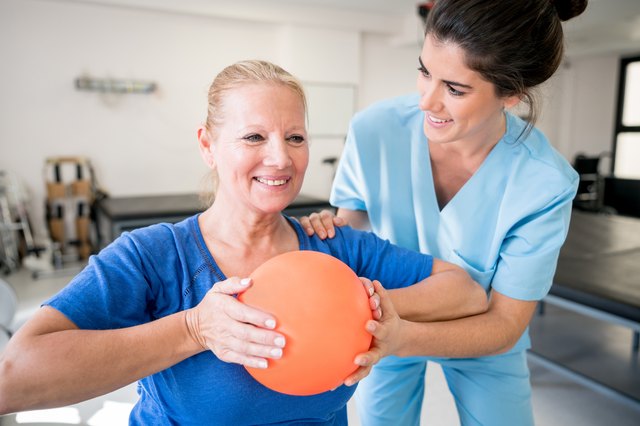 It is purely individual, depending on age, nature and working conditions, life and leisure, habits and lifestyle. Movement is a natural human need, a powerful factor in maintaining normal life [2].
It is purely individual, depending on age, nature and working conditions, life and leisure, habits and lifestyle. Movement is a natural human need, a powerful factor in maintaining normal life [2]. Therapeutic physical culture - a treatment method consisting in the application of physical exercises and natural factors of nature to a sick person for therapeutic and prophylactic purposes. This method is based on the use of the main biological function of the body - movement [3]. Exercise therapy contributes to the maintenance of health, improvement, rehabilitation. It normalizes the psycho-emotional state, prevents complications of diseases and the occurrence of disability. Increases resistance to environmental factors. Exercise therapy is used as a prophylaxis and recovery after an illness or to combat its complications. The basis of exercise therapy is physical exercises and activities, that is, movements that serve as an irritant that stimulates the development and formation of a person.
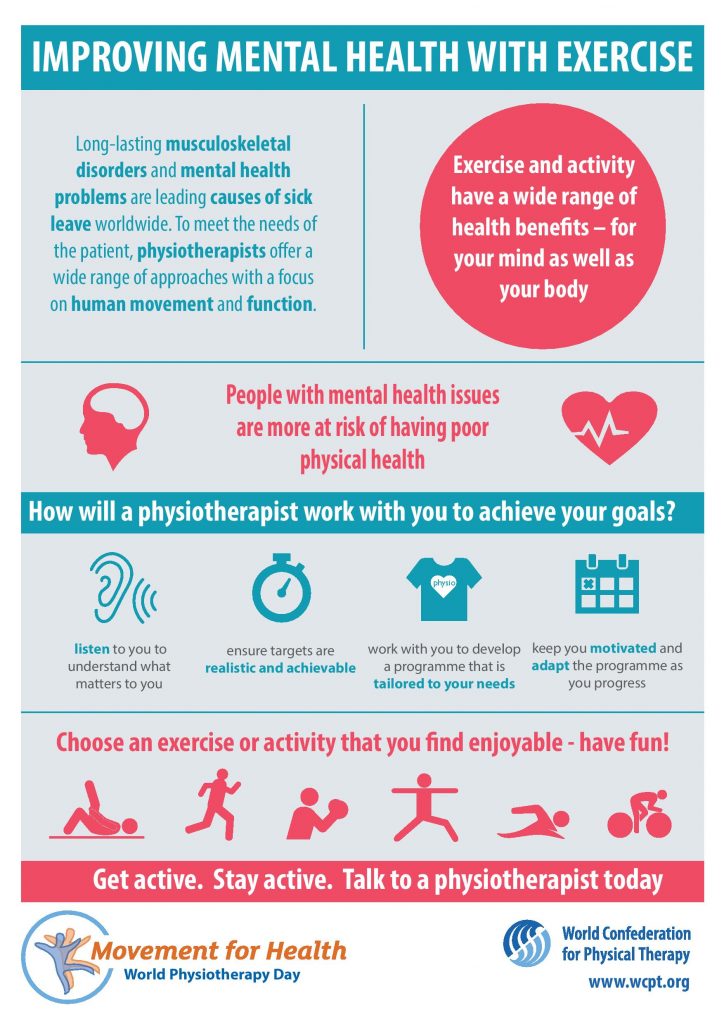 Each set of exercises involves the active participation of the patient, which distinguishes exercise therapy from other methods of treatment in which the patient remains inactive. Training should be considered as a process of constant and dosed use of physical exercises in order to improve the body, improve the performance of organs disturbed by the disease process, develop and consolidate motor skills and other qualities [4].
Each set of exercises involves the active participation of the patient, which distinguishes exercise therapy from other methods of treatment in which the patient remains inactive. Training should be considered as a process of constant and dosed use of physical exercises in order to improve the body, improve the performance of organs disturbed by the disease process, develop and consolidate motor skills and other qualities [4]. The main method of exercise therapy used is therapeutic gymnastics, that is, physical exercises specially selected for treatment. The main means of exercise therapy are exercises used in accordance with the objectives of treatment, taking into account medical characteristics, the functional state of the body, and its overall performance. Usually, several different forms and means of exercise therapy are used to treat a particular disease. For example, for the treatment of osteochondrosis of the spine, exercise therapy is prescribed in the form of daily morning exercises, industrial gymnastics, dosed walking classes, to teach corrective exercises and control the correctness of their execution, exercise therapy is used once a week.
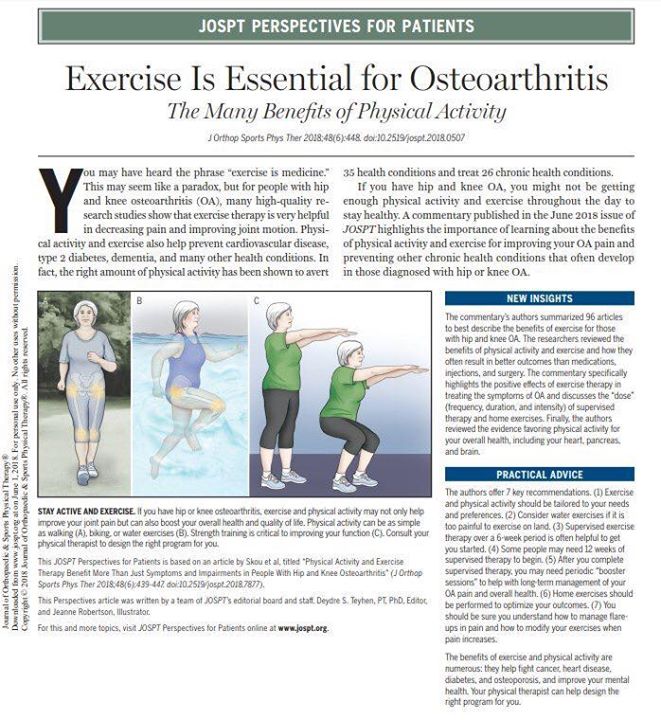
In case of cervical osteochondrosis, the following set of exercises is recommended:
1. Head turns to the right, to the left - 3-5 times.
2. Tilts of the head to the right, to the left, forward, backward - 3-5 times.
3. Circular rotation of the shoulders forward, backward - 4-6 times.
4. Raising, lowering the shoulders (alternately, simultaneously) - 4-6 times.
5. Clasping your hands behind your head, tilt your head down with resistance.
Recommended for chest osteochondrosis:
1. Lying on your back, alternately raise your right and left legs 3-5 times.
2. Exercise "Boat" for holding - 5-8 seconds (repeat 5-7 times).
3. Lying on your back, hugging your knees, rolling forward, backward - 5-8 times.
4. Exercise "Box" (lying on the stomach, clasping the ankles, bend) - 3-5 times.
5. Lying on the back, flexion and extension of the feet forward, backward - 3-5 times.
6. Lying on your back, simultaneously bend your knees and stretch your arms forward - 3-5 times.
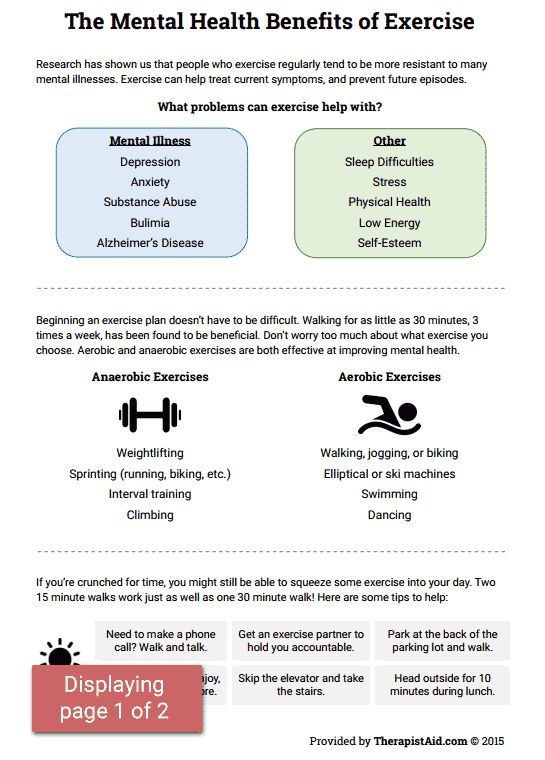
In case of functional disorders of the nervous system, exercise therapy is prescribed in the form of near tourism (sanatoriums), while using a variety of exercise therapy means: walking, swimming, exercise equipment. Classes on simulators can also be an independent form of exercise therapy. For example, exercising on an exercise bike with excess weight.
The following exercises are effective for myopia:
1. Close and open your eyes. When opening, look into the distance for 3-5 seconds. Repeat 3-4 times.
2. Look up and down. Repeat 4-6 times.
3. Move the gaze from a nearby object to a distant one. Repeat 4-5 times.
4. Circular rotation of the eyes to the right, to the left. Repeat 4-5 times.
5. Blink your eyes rapidly for 3040 seconds.
It is important to do exercises aimed at strengthening and relaxing the muscles of the eye every day. Effectively connect breathing exercises, exercises for the muscles of the back and neck.
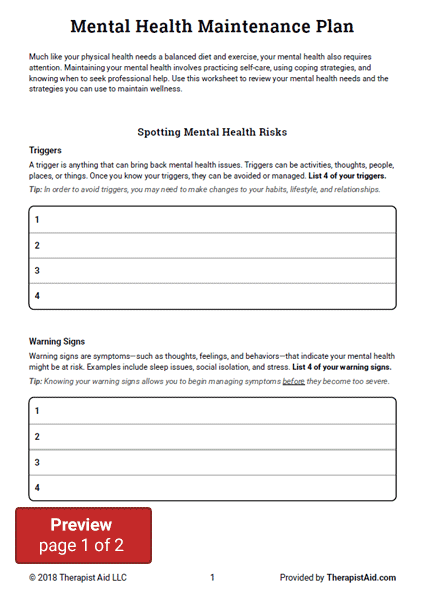
Regular exercise increases the body's adaptive capacity, expands the capabilities of important body systems, and leads to an acceleration of redox processes.
Cardiovascular system. Under the influence of average physical activity, the working capacity of the heart, the content of hemoglobin and erythrocytes increase, and the phagocytic function of blood increases.
Respiratory system. The pectoral muscles develop, the size of the lungs increases, and the capillary network develops. As a result - improved alveolar ventilation, increased blood oxygen saturation.
Nervous system. The mobility of nervous processes in the cerebral cortex rises and the processes of inhibition and excitation become more balanced. As a result of this, a person experiences sensations of pleasure that positively affect the nervous system, which, in turn, helps to strengthen it.
Immunity. A trained organism is resistant to adverse environmental conditions: overheating, cooling, infections, fluctuations in atmospheric pressure [5].
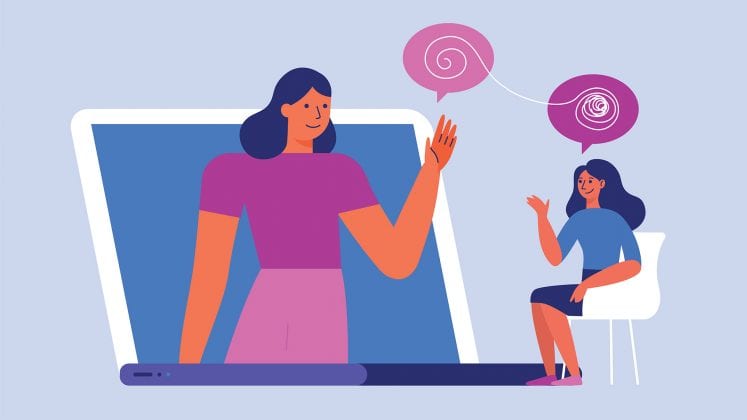
Physical therapy exercises increase the functionality of the body, improve physical qualities, improve physical and mental state, contribute to a general strengthening and tonic effect, and serve as a method for correcting existing deviations in the state of health. Conscious attitude to independent exercise therapy, theoretical knowledge about your body, methods0003
scientific skills and knowledge, the formation of knowledge about the values of physical culture; use of means of physical culture for health promotion, physical improvement; increase efficiency, will help to achieve the maximum healing effect.
To study the health status of first-year students and their knowledge of physical culture, exercise therapy among students of 2 universities: Perm National Research Polytechnic University (faculty: Historical and Political Science) and Perm State Agrarian and Technological University (faculty: Soil Science, Agrochemistry, Ecology and Commodity Science) a study was carried out.
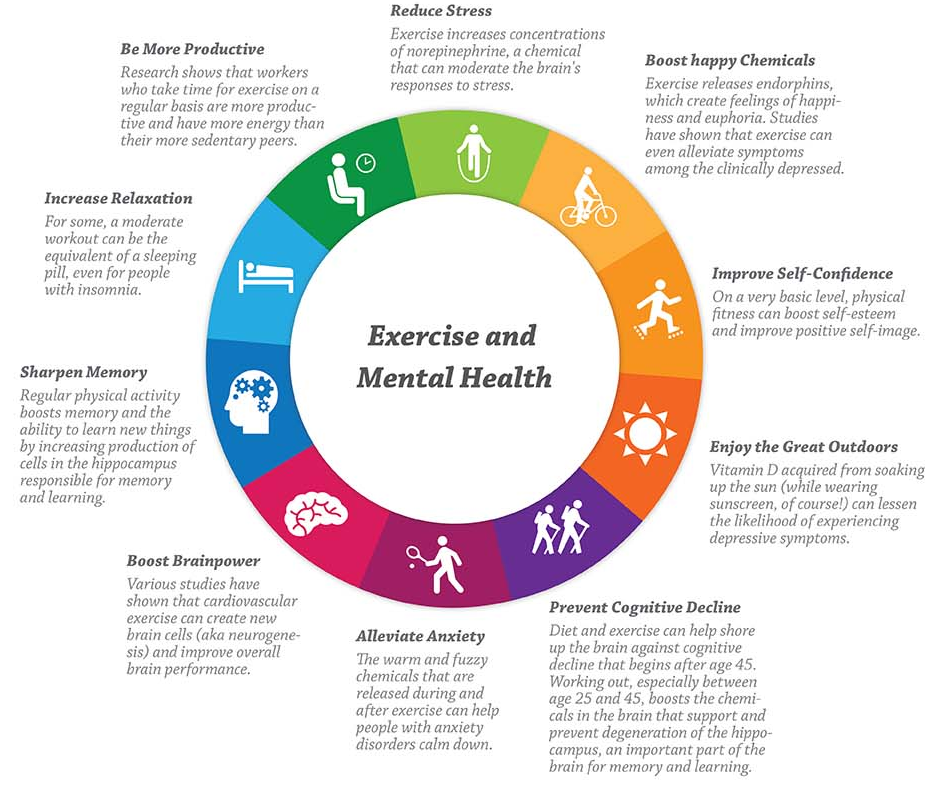 The research method was a survey. The study involved 40 people (PGATU - 24 people, PSNIU - 16 people). As a result, it turned out that the vast majority of respondents belong to the main medical group - 82% (33 respondents), preparatory - 2% (1), released - 16% (6). Most of the students surveyed rarely get sick during the academic year (1-3 times a year) - 57% (23), often (3 times / year or more) - 22% (9), do not get sick -20% (8). Most students occasionally practice physical education after school hours, but a small number do it on a regular basis. Periodically - 55% (22), do not practice - 35% (14), practice regularly - 10% (4). Not all first-year students undergo an annual medical examination, about a third of them are neglected. Yes - 71% (28), no - 29% (11). Most of the respondents do not always follow the instructions of doctors when prescribing physical therapy classes for them, and also do not follow the regimes of physical activity and nutrition. Perform from time to time - 81% (32), do not perform - 19% (eight).
The research method was a survey. The study involved 40 people (PGATU - 24 people, PSNIU - 16 people). As a result, it turned out that the vast majority of respondents belong to the main medical group - 82% (33 respondents), preparatory - 2% (1), released - 16% (6). Most of the students surveyed rarely get sick during the academic year (1-3 times a year) - 57% (23), often (3 times / year or more) - 22% (9), do not get sick -20% (8). Most students occasionally practice physical education after school hours, but a small number do it on a regular basis. Periodically - 55% (22), do not practice - 35% (14), practice regularly - 10% (4). Not all first-year students undergo an annual medical examination, about a third of them are neglected. Yes - 71% (28), no - 29% (11). Most of the respondents do not always follow the instructions of doctors when prescribing physical therapy classes for them, and also do not follow the regimes of physical activity and nutrition. Perform from time to time - 81% (32), do not perform - 19% (eight). This delays the healing process. Less than half of the students believe that exercise therapy is a means of functional therapy and rehabilitation - 57% (23), 43% (17) - do not realize the importance of therapeutic physical culture, do not agree with the definition. The majority of respondents - 81% (32) believe that physical education classes affect mental and physical performance, the smallest part of the respondents answered negatively - 19% (8). Some students are skeptical about physical education classes. A healthy lifestyle (HLS) is more often observed by women - 60%, men less often - 40%. Men are satisfied with the number of exercise therapy centers - 70% (28), while among women less than half are satisfied with their number - 30% (12).
This delays the healing process. Less than half of the students believe that exercise therapy is a means of functional therapy and rehabilitation - 57% (23), 43% (17) - do not realize the importance of therapeutic physical culture, do not agree with the definition. The majority of respondents - 81% (32) believe that physical education classes affect mental and physical performance, the smallest part of the respondents answered negatively - 19% (8). Some students are skeptical about physical education classes. A healthy lifestyle (HLS) is more often observed by women - 60%, men less often - 40%. Men are satisfied with the number of exercise therapy centers - 70% (28), while among women less than half are satisfied with their number - 30% (12). After analyzing the data, we can say that from time to time students forget about their health, this is confirmed by the results of the survey. Students do not realize the importance of physical culture and the importance of exercise therapy.
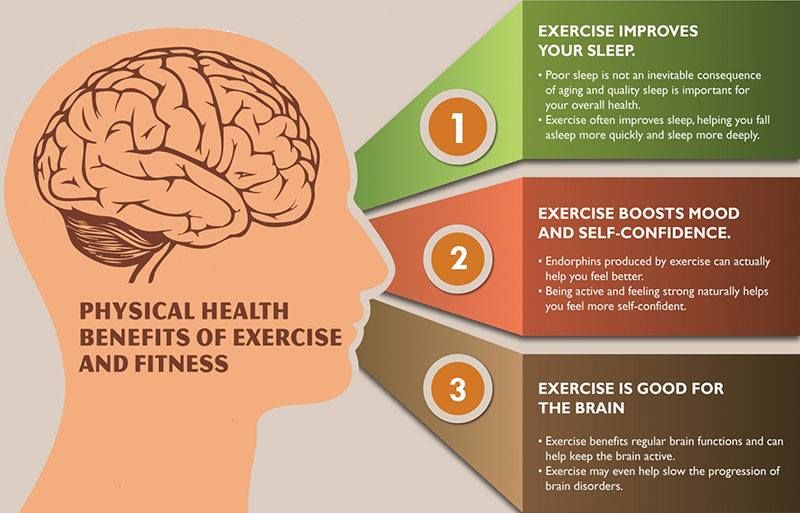 Due to neglect of one's health, insufficient physical activity, a full-fledged functional state is not formed, diseases appear, in some cases, turning into chronic forms. Neb-
Due to neglect of one's health, insufficient physical activity, a full-fledged functional state is not formed, diseases appear, in some cases, turning into chronic forms. Neb- body, gradually increase the intensity of exercise. For each type of disease, its own complex of prevention, rehabilitation, and treatment is selected. It is important not only to perform physical exercises, but also to feel the internal state of the body. Regular medical supervision is required. Using the possibilities of exercise therapy, you can achieve a preventive effect by preventing the disease and its progression, as well as a complete or partial recovery. It is important to correctly select and combine different treatment methods, exploring ways to improve health. To achieve a positive effect, it is necessary to regularly perform exercises over a long period. Movement, motor activity provide health, comprehensive and harmonious development of personality, productive lifestyle, self-development and self-improvement.
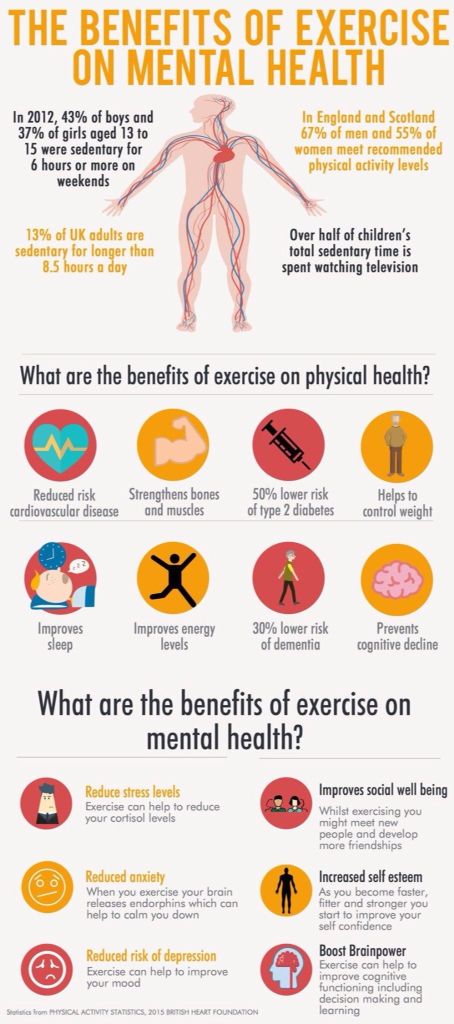 The state of health is one of the most important factors for successful educational and labor activity.
The state of health is one of the most important factors for successful educational and labor activity. it is necessary to regulate the total load on
References
1. World Health Organization. WHO constitution. Retrieved November 22, 2019.
2. Bal L.V. Formation of a healthy lifestyle of Russian teenagers: textbook. allowance. - M.: Vlados, 2002.
3. Epifanov V.A. Therapeutic physical culture and sports medicine: textbook. - M. Medicine, 1999. - 304 p.
4. Therapeutic physical culture / Ed. S.N. Popov. - M.: Physical culture and sport, 1988. - 271 p.
5. Barchukov I.S. Physical Culture. - M., 2003. - 255 p.
THERAPEUTIC PHYSICAL CULTURE IN ENSURING HEALTH AND A HEALTHY
LIFESTYLE
O.A. Sbitneva, Senior Lecturer Perm State Agrarno-Technological D.N. Pryanishnikova (Russia, Perm)
University named after academician
Abstract. The article deals with therapeutic physical culture that helps maintain health and a healthy lifestyle.
